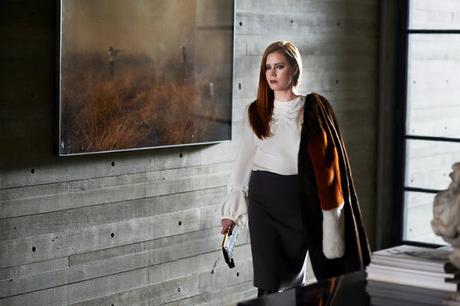 Starring: Amy Adams, Jake Gyllenhaal, Michael ShannonWritten By: Tom FordDirected By:Tom FordRelease Date: December 9, 2016Rating: B
Starring: Amy Adams, Jake Gyllenhaal, Michael ShannonWritten By: Tom FordDirected By:Tom FordRelease Date: December 9, 2016Rating: BBooks Magazine
Movie Review: Nocturnal Animals (2016), the Artist, Their Work and Revenge
Posted on the 02 February 2017 by Kandee @kandeecanread Starring: Amy Adams, Jake Gyllenhaal, Michael ShannonWritten By: Tom FordDirected By:Tom FordRelease Date: December 9, 2016Rating: B
Starring: Amy Adams, Jake Gyllenhaal, Michael ShannonWritten By: Tom FordDirected By:Tom FordRelease Date: December 9, 2016Rating: B
